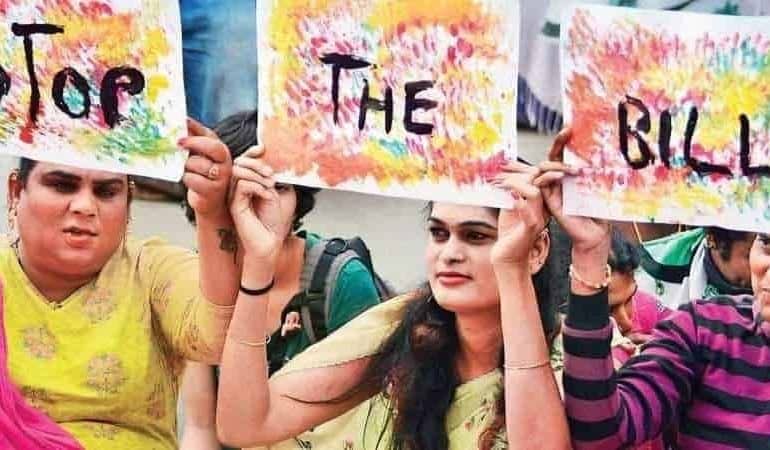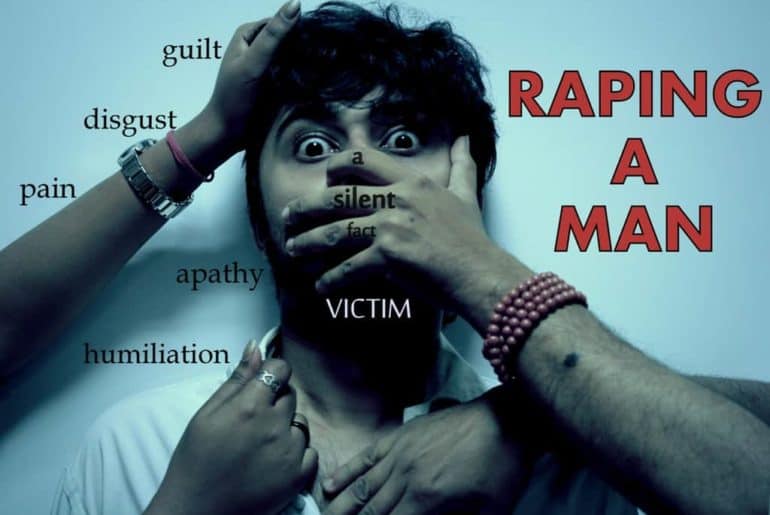26th November every year is celebrated as the Law Day in India. With its terminology now changed to it being referred as the Constitution Day, here is a piece explaining its significance and bringing ahead some interesting facts about it.
This year marks the 70th commemoration year of adoption of the Constitution of India, which was adopted on 26th November 1949 by the then the Constituent Assembly of India.
The day holds its importance for various reasons, one of the major ones being to bring into public notice the importance of the constitution and others being to spread the thoughts and ideas of various personalities that helped hoping the constitution.
Talking about the day being previously referred to as the ‘National Law Day’, here are some of the interesting laws that still exist in India, which will leave you surprised!
- The Aircraft Act, 1934
According to the Aircraft Act of 1934, an aircraft has been defined as “any machine which can take support in the atmosphere from the reactions of the air”. Along with this, it mentions of how “balloons, whether fixed or free, kites, airships, flying machines and gliders” come under the bracket and umbrella of being defined as an ‘aircraft’. The Act also talks about how the permission of government is needed in order to use, possess, operate, import or export any aircraft. Thus, along with these lines, it becomes illegal to fly kites and balloons in India prior having a permission and clearance from the Government of India!
- No Uniform Drinking Age
In India, there exists no common drinking age for the people. With the age bar being 21 years in Tamil Nadu, to 18 in Goa and 25 in Maharashtra, there isn’t a consensus on which age is the ideal legal age for drinking. Making the matters all the more confusing, the age bar differences create more trouble with a different age being set for soft drinks and a different for hard drinks!
- East Punjab Agricultural Pests, Diseases and Noxious Weeds act, 1949
Delhites, be aware! The above mentioned act is still functional in Delhi. Under this (quirky and indeed very unique!) act, any person who is above the age of fourteen and is considered fit can be summoned by the government through beating drums in order to fight locusts!
- Treasure Trove Act, 1878
As per the Indian Treasure Trove Act of 1878, if any person discovers anything which holds a value greater than INR 10, then the amount belongs to “Her Majesty” (yes you read that right!) the amount/money/item must be reported. If one fails to do so then the person is liable to punishment, be sent to jail for not reporting it.
At the end of this article, one observes how the colonial hangover still clutches the Indian Laws and legal systems, decades after independence. It is high time now to have laws for the contemporary India, and do away with the ones the British created for us, centuries ago. A new India needs new laws for a better, brighter and beautiful future.
Feature Image Credits: Quora
Amrashree Mishra



